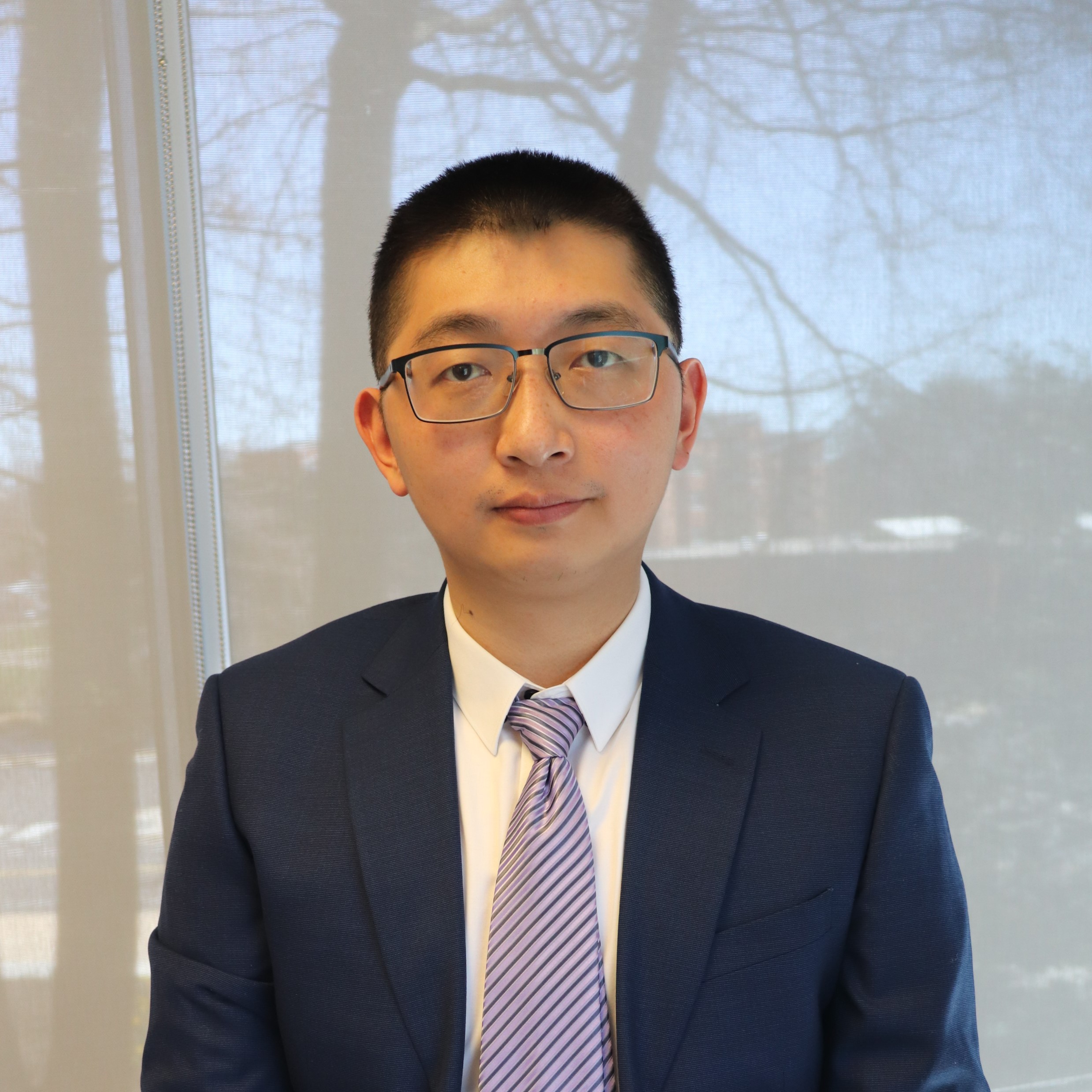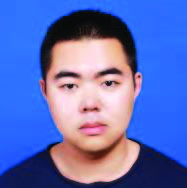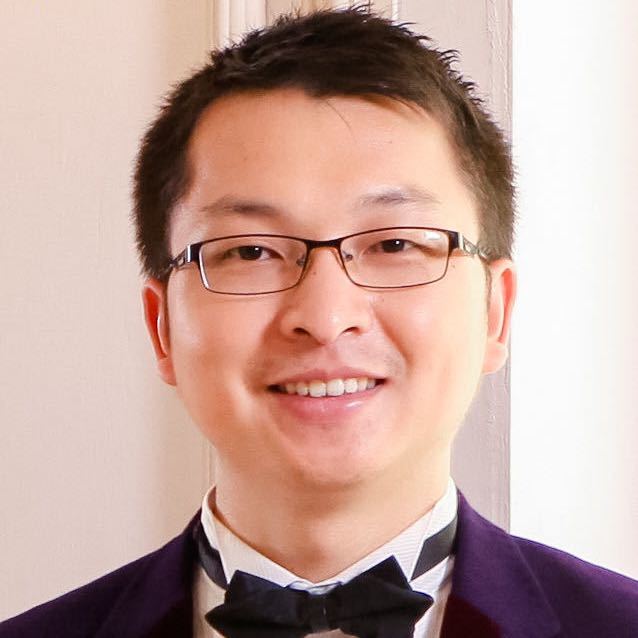QuantumFlow+VACSEN: A Visualization System for Quantum Neural Networks on Noisy Quantum Devices
Tutorial at ESWEEK’22
Abstract
As one of the most popular machine learning algorithms, neural networks have been applied in a wide variety of applications, such as autonomous vehicles, simultaneous translation, and diagnostic medical imaging. With the increasing requirement on analyzing the large-scale data (e.g., 108 pixels for one 3D-CT medical image), neural networks encounter both memory-wall and compute-bound on classical computers. With the extremely high parallelism in representing and processing information, Quantum Computing is promising to address these limitations. But, how to make full use of the powerful quantum computers to accelerate neural networks is still unclear. QuantumFlow, published at Nature Communications last year, is an end-to-end framework to optimize neural networks onto a given quantum processor. Importantly, following the co-design philosophy, the developed quantum neurons in QuantumFlow demonstrate the quantum advantage. Meanwhile, VACSEN is an online visualization system which provides the “easy to understand” visualization of the noise status on all available quantum computing nodes, recommends the most robust transpilation of circuit on the selected quantum computing node, and allows the real-time execution for a given quantum algorithm with noise awareness. In this tutorial, we will introduce how to conduct the co-design of neural networks and quantum circuits with QuantumFlow and VACSEN. We will have hands-on experience in implementing the neural network on the quantum circuit. Finally, targeting the near-term quantum computers, we will discuss how to leverage VACSEN to design quantum neural networks in the NISQ-Era. All attendees will leave with code examples that they can use as the backbone implementation to their own projects, and they will have access to VACSEN for the profiling of quantum devices.
Tutorial Sessions
Session 1: Opening (08:30 - 08:45)
How to enable a robust and efficient quantum learning system? A design stack and visualization tool are essential.
Speakers
Weiwen Jiang, wjiang8@gmu.edu
Resources
Session 2: QuatumFlow (08:45 - 09:45)
Despite the pursuit of quantum advantages in various applications, the power of quantum computers in executing neural network has mostly remained unknown, primarily due to a missing tool that effectively designs a neural network suitable for quantum circuit. Here, we present a neural network and quantum circuit co-design framework, namely QuantumFlow, to address the issue. Coupled with a novel algorithm, the cost complexity of the unitary matrices-based neural computation can be reduced from O(n) in classical computing to O(polylog(n)) in quantum computing.
Speakers
Weiwen Jiang, wjiang8@gmu.edu
Resources
[Slides]
[Paper]
[Colab-BasicGate]
[Colab1]
[Colab2]
[Colab3]
[Colab4]
[Colab5]
[Github]
Session 3: Quantum Neural Network Compression (10:00 - 10:40)
Model compression, such as pruning and quantization, has been widely applied to optimize neural networks on resource-limited classical devices. Recently, there are growing interest in variational quantum circuits (VQC), that is, a type of neural network on quantum computers (a.k.a., quantum neural networks). It is well known that the near-term quantum devices have high noise and limited resources (i.e., quantum bits, qubits); yet, how to compress quantum neural networks has not been thoroughly studied. One might think it is straightforward to apply the classical compression techniques to quantum scenarios. However, this paper reveals that there exist differences between the compression of quantum and classical neural networks.
Zhepeng Wang, zwang8@gmu.edu
Resources
Session 4: Enabling Deeper Quantum Compiler Optimization at High Level (10:45 - 12:00)
Quantum speedup is only achievable by understanding noise and noise mitigation. Circuit representation and current visualization techniques does not cover useful information to fill the gap between logical qubits and mapped qubits on hardware. VACSEN introduces a novel visualization technique to achieve noise-aware quantum computing, detailed comparison on the filtered compiled circuit view, and user-friendly interaction to achieve better fidelity.
Speakers
Yong Wang

